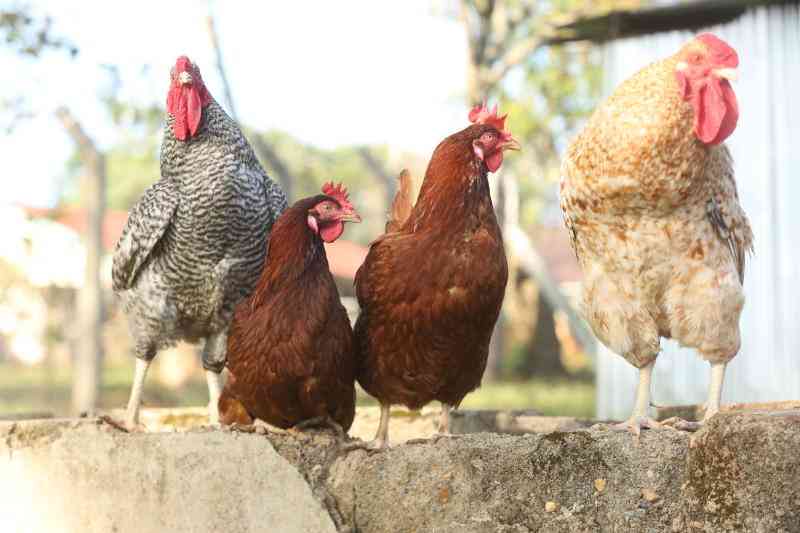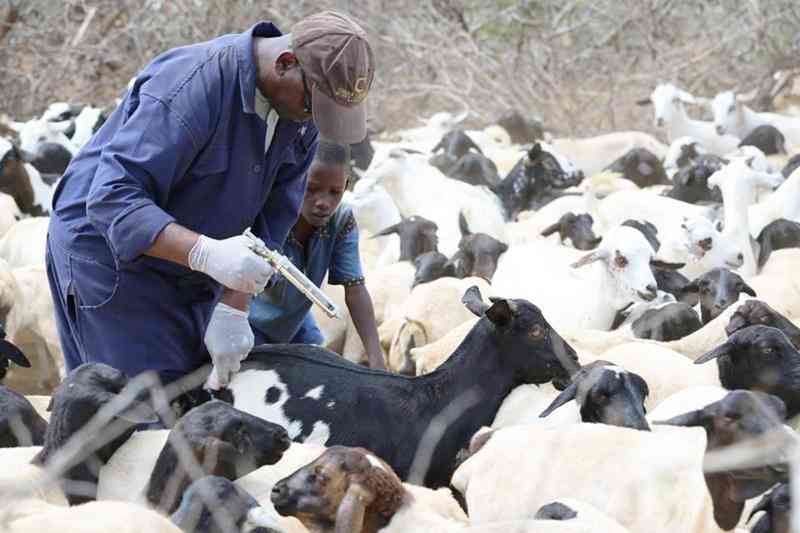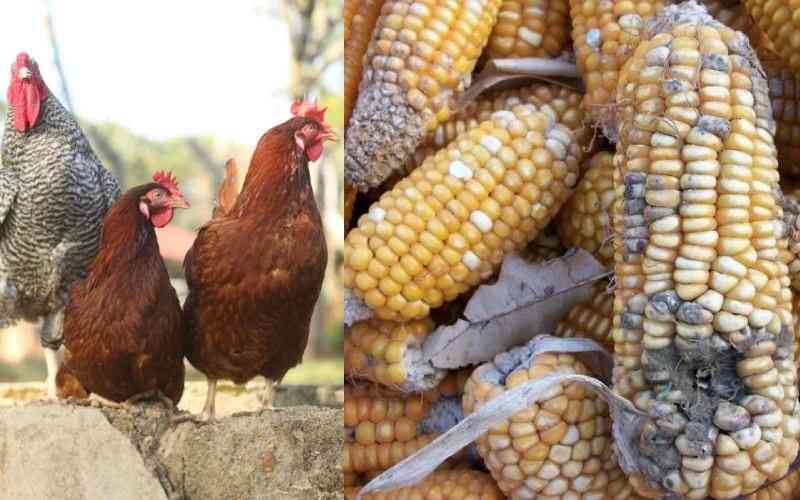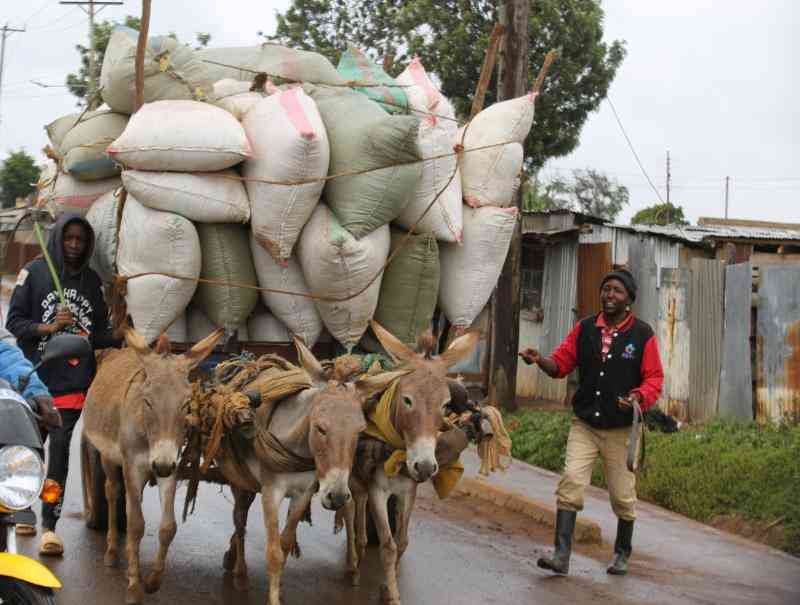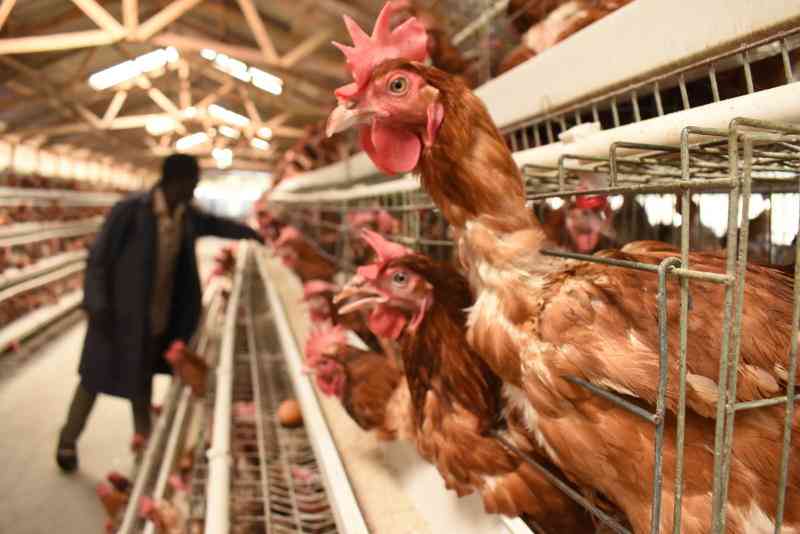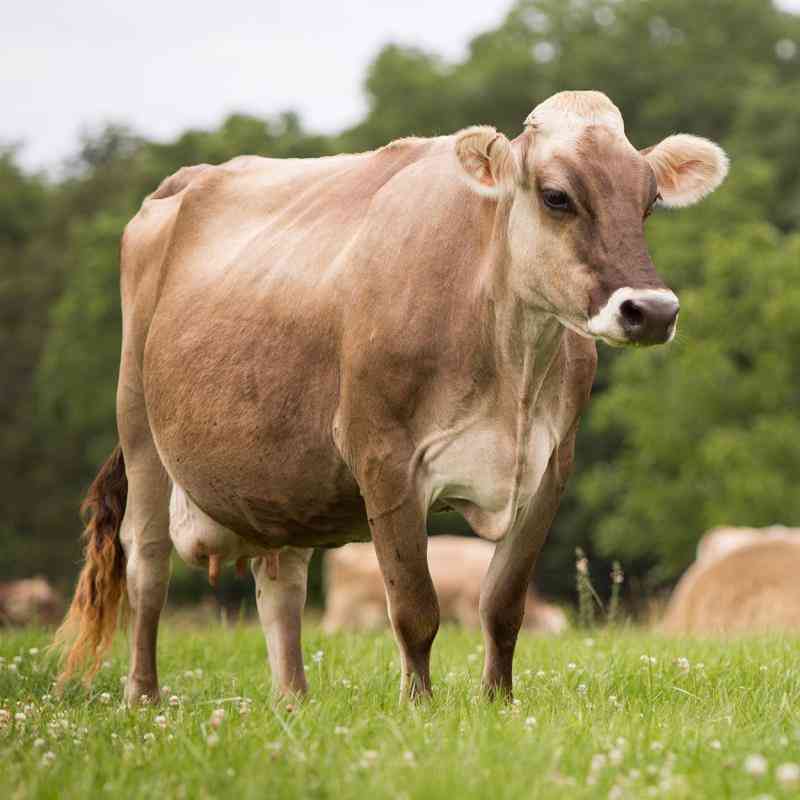
Dairy historians document the Brown Swiss as the oldest of all the dairy breeds. [Courtesy]
Dear Dr Othieno, Many thanks for your very informative articles. I am not only a dairy farmer but also a lover of livestock breeds. For a long time, I have been keeping Friesian crosses. Recently, on a visit to a friend's farm, I came across a nice breed which my friend said was Brown Swiss. I told him I must buy that breed. However, I do not have much information and I will greatly appreciate your take on this breed. - Geoffrey Mutai, Bomet
Thanks, Geoffrey; you are not alone in this. I have many clients who will easily develop jelly knees on sighting a 'new' breed. The knee-jerk reaction is always to get that unique breed into their farms, and no amount of dissuasion works. And that is how easily pet livestock farming comes into play. It is not a bad idea since happiness is all we look for in life, and if one can find it in owning a unique breed, why not? But Brown Swiss is, by all definitions, a good dairy breed that I would love to have on my farm.
Most dairy historians document the Brown Swiss as the oldest of all the dairy breeds, believed to have been developed in Switzerland from where it also derived its name. History annals credit Benedictine monks as the ones who started breeding the Brown Swiss with the size genes being taken from German cows; today, Brown Swiss is the second-largest dairy breed after Friesian.
Switzerland remains the original home of this superb breed and a leading producer of cheese from Brown Swiss milk. But today, this breed can be spotted across the globe thanks to its superior qualities that make every dairy farmer worth their salt want to have this breed on their farm. How Does it look? Brown Swiss, also known as Braunvieh - a German word meaning Brown Cattle. This breed comes in light brown to very dark brown; however, the breed is predominantly mousy brown. Its eyes bear a dark blue pigmentation.
Research attributes its ability to survive in sunny areas to this pigmentation. The muzzles usually have a creamy white colour with light borders, and the noses are normally dark. The udder and inside of the legs and underline are also of the lighter shade. A darker, smokier shading is often evident around the shoulders and neck compared to the rest of the body. The switch of the tail is dark brown or black, and the hooves are dark and very hard. We have horned and polled varieties. The horns are normally short and are white at the base and dark at the tip. This breed is strong and adaptable to diverse weather conditions; they live long (12-15 years) and are also prolific breeders. It will mature late compared to other breeds but will produce milk for a relatively long period.
Brown Swiss will weigh from 540Kgs to 680kgs for adult females, and bulls weigh between 950kgs and 1,13kgs. Steers can attain 450kgs slaughter weight at just 13 months of age.
Good milk for cheese though a dairy breed, it is also a good beef cattle. Brown Swiss milk is rich in proteins and butterfat and at the right ratios. Brown Swiss milk is adored by cheese makers, a reason its motherland is the number one cheese producer. The Brown Swiss, when crossed with other dairy breeds, yields superior calves with better production records.
[Dr. Othieno is a veterinary surgeon and is currently the head of communications at FAO- Kenya. The views expressed here are not necessarily those of FAO but his own]
 The Standard Group Plc is a multi-media organization with investments in media platforms spanning newspaper print
operations, television, radio broadcasting, digital and online services. The Standard Group is recognized as a
leading multi-media house in Kenya with a key influence in matters of national and international interest.
The Standard Group Plc is a multi-media organization with investments in media platforms spanning newspaper print
operations, television, radio broadcasting, digital and online services. The Standard Group is recognized as a
leading multi-media house in Kenya with a key influence in matters of national and international interest.


